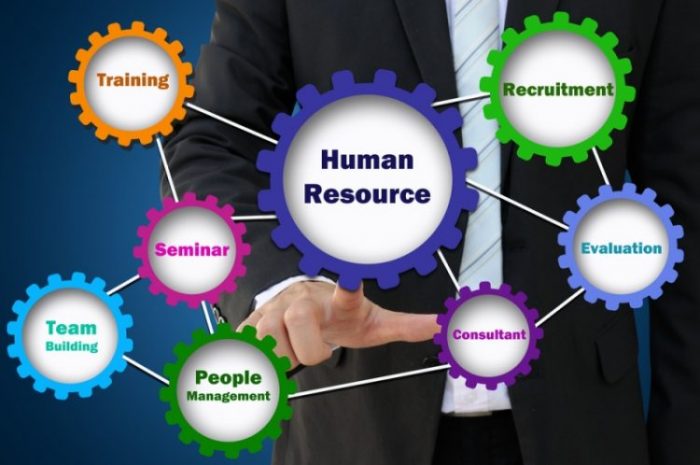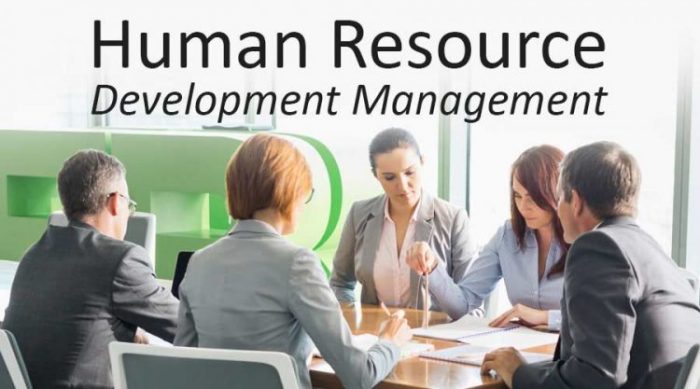Human resource management, personal management, and employee relations are all terms that we hear in the news, in the media, and in the corporate world. HRM is concerned with the employees of a business. In many multinational enterprises, HR managers are also known as people managers or people supporters. Human resources are managed by national HR managers, who are thought to be an organization’s most important and vital asset.
Human resource management, without a doubt, plays a critical part in accomplishing the organization’s strategic goals through attractiveness, staff retention, and cost effectiveness. The smooth track always seems to vanish. It is critical in any company where HR managers make the greatest use of people and other capital resources. Human resource management is also referred to be the most sensitive and central resource management in any organization.
On the outside, human resource management appears to be rather basic. It is the management of employees within a company. Human Resource Management now extensively encompasses five important roles in the workplace, so that is only a small portion of the picture today.
Components of HR management
Payroll Management
It is one of the main tasks HR personnel are allotted with. They have to calculate payroll of every employee and transfer in their accounts or handover to them the due amount. Many organizations now use top-rated payroll software programs, such as Netchex, to ensure the entire tasks is completed without the occurrence of a mistake.

Recruitment
The recruitment and selection of manpower for a company is the responsibility of the acquisition function. It guarantees that the organization has the proper amount of workers in the right place at the right time to do the task that needs to be done. It is the beginning point for the function of human resource management. Acquisition is largely concerned with the planning, recruitment, selection, and social aspects of the hiring process.

Popular online payroll software ‘Netchex’ also help with recruiting and onboarding.
Motivation
Employees are not motivated to produce better work by training and development alone. They must be inspired to do so. Motivation is defined as an action that induces and motivates people to perform effectively on the job. Job specifications, performance evaluations, rewards and punishments, work performance, salary management, and discipline are all examples of motivation. It is critical for better work performance.

Working Environment
If first impressions are important, a new employee’s first impression will be created when they are placed in their work environment. The way an office or store is set out can have a significant psychological impact on an employee’s attitude toward their boss. It reveals whether the corporation values its employees or views them as just another “little gear in the machine” to be exploited. Today, effective HRM realizes that there is a continuation that goes from the recruitment and selection process to the workplace, and that it must be well-organized in order to maximize employee performance and reduce absenteeism.

As HRM practice progresses, it is becoming increasingly vital to consider that employees are complicated beings with a range of needs, interests, and objectives both inside and beyond the workplace. It should come as no surprise that positive individual and collective employee-employer connections can raise employee engagement, which can lead to improved employee performance.
Development
Following the socialization of newly hired personnel in a company, the development phase begins. It is focused with instilling the necessary information and skills to complete the work correctly. Furthermore, it is an attempt to increase employee performance by the dissemination of knowledge, the modification of attitudes, and the development of skills. Teaching, coaching, classroom courses, assignments, and professional programmes are all options.

Maintenance
The last element of human resource managements is maintenance. It is focused on the procedure of keeping staff in the company. It creates a nice and friendly environment for high-performing staff, encouraging them to stay longer with the organization. This demands the supply of additional facilities, as well as safe working conditions, a pleasant work environment, and constructive labour relations by the organization. If these acts are carried out correctly, we can anticipate capable and knowledgeable employees.

